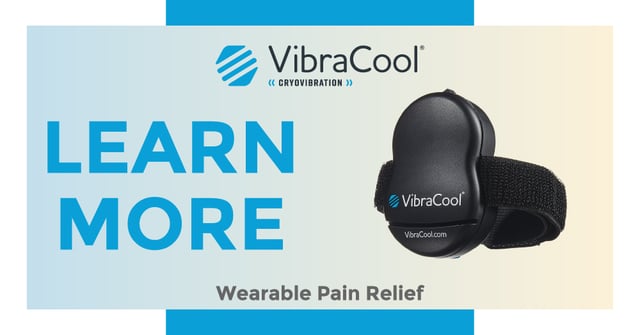Blog

Rethinking the Pain Dichotomy (2 of 3) - A. Baxter MD
Is Acute/Chronic Pain a Continuum?
Some pain is straightforward – you bang your hand with a hammer, it’s acute pain where you know the cause.
Some pain is mysterious – we understand why fibromyalgia causes pain and fatigue only in peripheral glimpses: inflammation, viral predispositions, micronutrient deficiencies, perhaps?
Complex regional pain syndrome (CRPS) is even more enigmatic, where a known acute event lingers long past the cellular stigmata. And as anyone with chronic back or neck pain knows, one literal misstep can layer acute pain on the chronic area, requiring both acute icing and a return to chronic pain patterns.
Chronic Pain Versus Acute Pain Responses
In many ways, the distinction between chronic pain and acute pain arose as an arbitrary attempt to match conditions with pharmaceuticals. Pain organizations have dictated that chronic pain deserves the label at three months, then at one. Some now say that after seven days, acute pain can be in transition to chronic pain. Often these arbitrary distinctions helped guide when one considered gabapentin, or when opioids are no longer excusable. In light of recent research, are they still relevant, or even accurate?
The emerging understanding of the brain as the site of pain has changed our understanding of chronicity by illuminating activated areas during pain stimuli. When you poke a healthy patient, functional MRI shows rapid activation of brainstem regions that release internal pain blocking neurotransmitters – “endogenous opioids.” For those with chronic pain, scans show the helpful regions stay dark, while those processing executive function (What should I do?) fear, memory and meaning (I’ll never be normal!) light up.
Recent research funded by the National Institutes of Health, “The Helping to End Addiction Long-term” (HEAL), underscored why dichotomizing pain responses is simplistic. They found that certain cells led to prolonged pain responses. The interesting thing was that blocking the response was time sensitive – block them hours after injury, pain resolved faster. Block them too late, and the prolonged pain syndrome looked the same as when the receptors weren’t blocked at all.
In many ways, this finding makes sense of findings on battlefields and in the trauma bay – the more morphine in the first 24 hours, the less PTSD, long-term pain, and faster recovery. But heading off chronic pain isn’t just about more morphine – as we know from the scans lighting up, meaning matters when it comes to chronic pain. Patients who fear pain have worse outcomes and higher risk of addiction. Chronic pain patients ask again and again for options, because choice and control (activating that executive function area) reduce pain.
Distraction for Pain Management
Perhaps the most exciting new understanding is that over time, even when the brain has established chronic patterns, they can be reversed. By training patients to concentrate on activities rather than the pain that prohibits them, both adult and pediatric patients had reduced pain after six months compared to those on standard chronic pain therapies.This idea of accepting pain but committing to living anyway likely reduces the areas of the brain that light up with pain meaning, as patients concentrate elsewhere instead. Virtual reality, distraction, and activating mechanoreceptors (through stretching exercise, massage, etc.) are part of retraining the brain to have less interest in pain, thus perceiving less.
There are many metaphors underscoring how the brain ramps up pain: you hear creaks in the house more when you’ve been recently burgled; a professional musician hears the mistakes of the instrument they know in an orchestra, while their partner hears only the music. Perhaps the best medical analogy is that the ear-ringing annoyance of tinnitus is best treated by intentionally disregarding it. The most hopeful part of the new science, though, is that careful planning before a known painful surgery can be impactful in preventing chronic pain.
The cautionary parts of this are that patients and physicians should address pain aggressively and early, as when a block wears off after surgery, and that patients should have multiple options when the pain starts to reduce catastrophizing and ramping up the chronic pain system. The sooner we view acute and chronic as a reversible continuum, the sooner we can get patients back in life.
Explore VibraCool® products as an opioid alternative for pain management. Learn how to use these tools to reduce chronic pain and allow patients to return to their favorite activities quickly.

